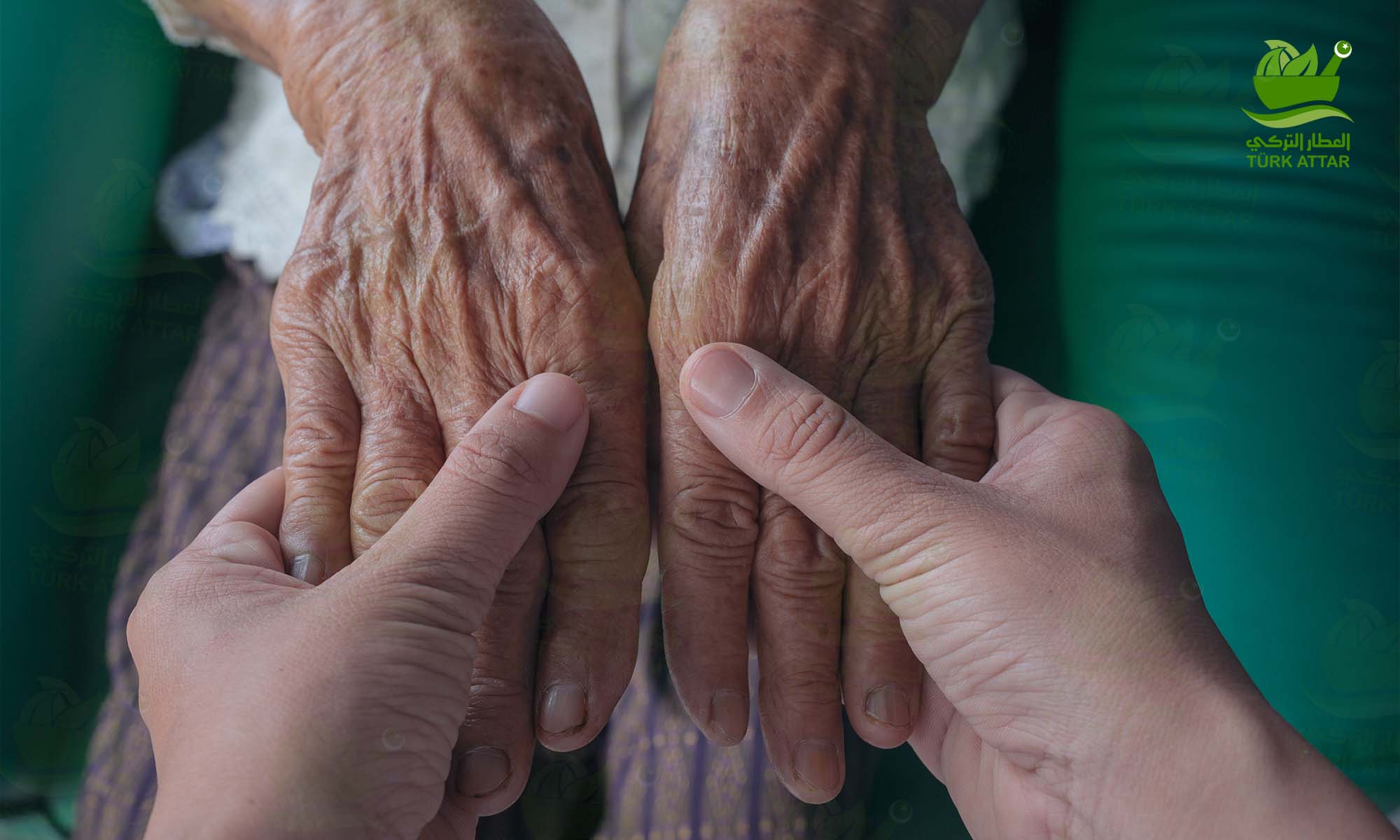
Psoriatic arthritis is a type of arthritis that affects some people with psoriasis. Most people first develop psoriasis and are later diagnosed with psoriatic arthritis, but in some cases joint problems can begin before patches of skin appear. Psoriasis is seen in 2 out of every 100 people in the community. Psoriatic arthritis is found in approximately 1 out of 5 psoriasis patients.
Psoriatic Arthritis
Joint pain, stiffness, and swelling are the main symptoms of psoriatic arthritis. It can affect any part of the body, including the fingertips and spine, and the effect can vary relatively. Fingers may take the shape of sausages due to inflammation (inflammation) in the finger joints.
Arthritis, redness of the skin over the developing joint can be encountered. In both psoriasis and psoriatic arthritis, disease flares can alternate with periods of remission. Inflammation may occur in the surrounding tendons and ligaments along with the joints. There is no cure for psoriatic arthritis, so it's important to control the symptoms and try to prevent damage to the joints. Without treatment, psoriatic arthritis can become ineffective.
Reasons
What Causes Psoriatic Arthritis?
Psoriatic arthritis occurs when the body's immune system begins to attack healthy cells and tissues. The abnormal immune response causes inflammation in the joints and overproduction of skin cells.
While it's not clear why the immune system attacks healthy tissue, genetic and environmental factors play a role. Many people with psoriatic arthritis have a family history of psoriasis or psoriatic arthritis. A physical trauma, something from the environment can trigger psoriatic arthritis.
Exposure to less sunlight and decreasing temperature cause people to get sick more frequently in the autumn-winter period. The decrease in humidity in the air causes the skin to dry and itchy, which can lead to a decrease in immunity and an exacerbation of the disease. Ultraviolet rays are beneficial for psoriasis, but sunburn can lead to exacerbation of the disease.
What Are Psoriatic Arthritis Risk Factors?
Psoriasis: Having psoriasis is the biggest risk factor for developing psoriatic arthritis. People with pitted, deformed nails are more likely to develop psoriatic arthritis. Family history: Many people with psoriatic arthritis have a parent or sibling with the condition. Age: Psoriatic arthritis occurs in adults between the ages of 30 and 50.
What Are the Complications of Psoriatic Arthritis?
A small percentage of people with psoriatic arthritis develop arthritis mutilans, the severe, painful, disabling form of the disease. Over time, arthritis mutilans destroys the small bones in the hands, especially the fingers, leading to permanent deformity and disability.
People with psoriatic arthritis sometimes also develop eye problems such as conjunctivitis or uveitis. This can cause painful, red eyes and blurred vision. They also have a higher risk of cardiovascular disease.
Symptoms
What Are the Symptoms of Psoriatic Arthritis?
Psoriasis in psoriatic arthritis is also a chronic disease that worsens over time. However, there may be periods when the symptoms get better or worse, that is, fluctuations. It can affect joints on only one side of the body or joints on both sides. Symptoms of psoriatic arthritis include; joint pain, swelling and warming to the touch are observed.
Psoriatic Arthritis Symptoms
Swollen fingers and toes: Psoriatic arthritis can cause a painful sausage-like swelling on your fingers and toes. In addition, swelling and deformities may occur in the hands and feet before significant joint problems occur. Foot pain: Psoriatic arthritis can cause pain at the points where tendons and ligaments attach to bones. It can be seen especially on the back of the heel and the sole of the foot. Low back pain: Some people have psoriatic arthritis. develops a condition called spondylitis as a result. Spondylitis causes inflammation mainly in the joints between the vertebrae of the spine and between the spine and pelvis. If you have psoriasis, be sure to see your doctor when you develop joint pain. Psoriatic arthritis can seriously damage joints if left untreated. Stiffness and stiffness in the joints: Stiffness and stiffness are observed in the joints when you get up in the morning or after resting. Movement problems: Limitation of movement and fatigue are observed.
Diagnostic Methods
What are the Diagnostic Methods of Psoriatic Arthritis?
To diagnose psoriatic arthritis, swelling and tenderness of the joints, pitting, scaling and other abnormalities in the nails, and tenderness in the soles and heels of the feet can be checked.
No single test can confirm the diagnosis of psoriatic arthritis. However, some types of testing can rule out other joint pain, such as rheumatoid arthritis or gout. Usually by rheumatology specialists; The diagnosis is made by looking at the patient's history, physical examination, laboratory tests, and radiological findings.
Imaging Tests
These image tests can be used to check for problems with tendons and ligaments in the feet and back. X-rays: Plain X-rays can help detect changes in the joints that occur in psoriatic arthritis but not in other arthritic conditions. Magnetic resonance imaging (MRI): MRI uses radio waves and a strong magnetic field to produce very detailed images of soft and hard tissues in the body.
Laboratory Tests
Rheumatoid factor (RF): RF is an antibody commonly found in the blood of people with rheumatoid arthritis but is not usually found in the blood of people with psoriatic arthritis. Therefore, this test can help your doctor distinguish between the two conditions. Joint fluid test: A small sample of fluid can be taken from the knee with the help of a needle. Uric acid crystals found in joint fluid may indicate gout rather than psoriatic arthritis.
Treatment Methods
Psoriatic Arthritis Treatment
There is no known cure for psoriatic arthritis. Therefore, treatment methods focus on controlling inflammation in the affected joints. The various drugs used target specific parts of the immune system that trigger inflammation and cause joint damage. With joint replacement surgery, it is aimed to replace severely damaged joints with prostheses due to psoriatic arthritis.
Psoriatic Arthritis Home Precautions
Take care to protect your joints. Changes in the way you carry out your daily tasks can make you feel better.
Maintain your healthy weight. Maintaining a healthy weight puts less strain on the joints. This reduces pain and increases energy and mobility.
Losing weight if needed. Being within the ideal range can help drugs work better.
Make sure to exercise regularly. Exercise keeps your joints and muscles flexible and strong.
Quit smoking. People who smoke have a higher risk of developing psoriasis.
Limit alcohol use. Alcohol can increase the risk of psoriasis and reduce the effectiveness of the treatment applied.
